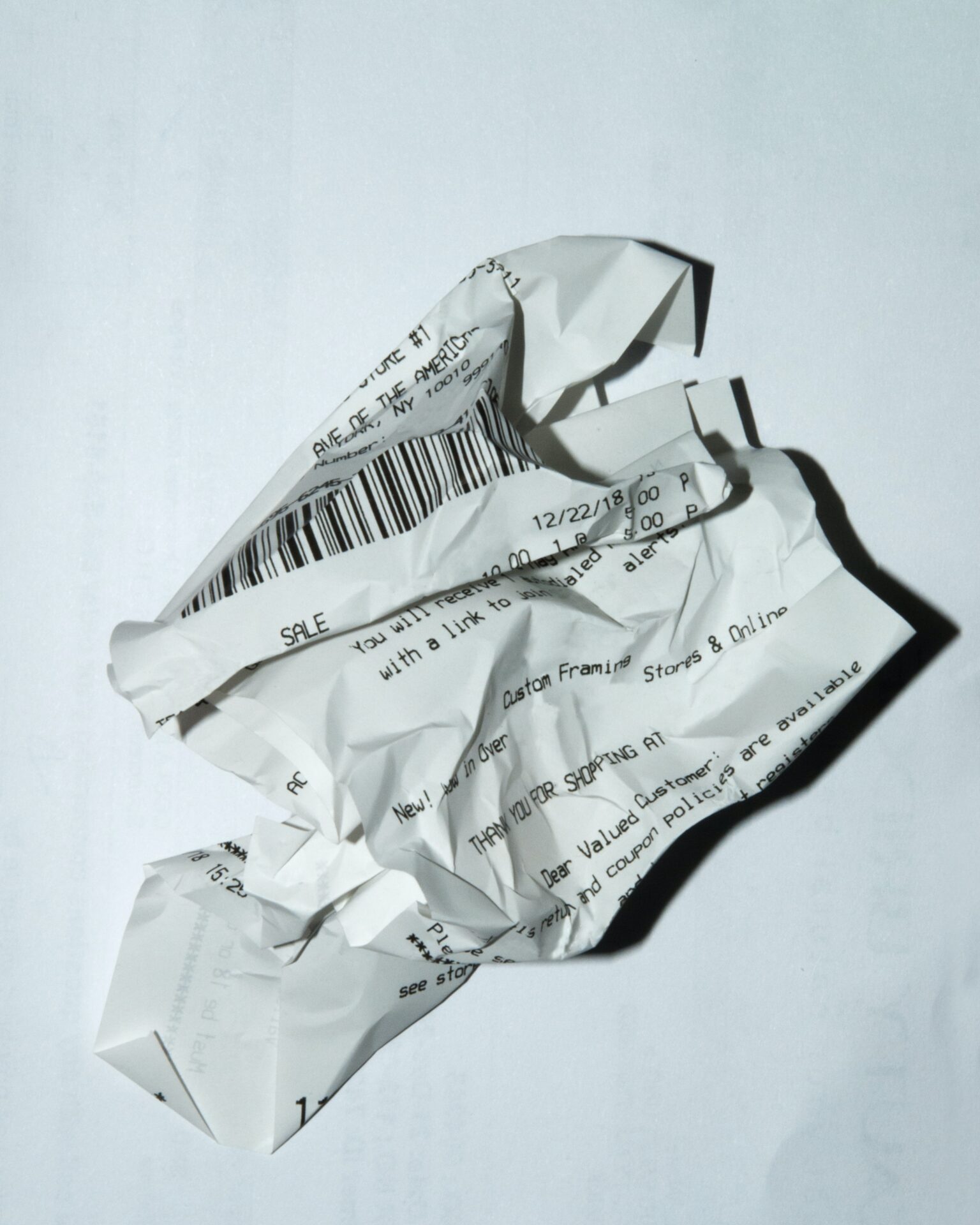Given the current situation, who is surprised by these figures? Almost everyone from the DACH region has shopped online in the past Corona year. This is the result of the E-COM Report DACH published today (available for download at the bottom of the page) – a survey of 4000 consumers in Germany, Austria and Switzerland, commissioned by the European payment service provider Nets.
But the less surprising that online shopping has now become ubiquitous across all product groups, the more remarkable is the different payment behaviour in the respective countries: While the Swiss and Austrians prefer to use their credit cards when shopping online, the Germans either use their e-wallets or continue to pay on account – perhaps also because many fintechs (even those operating internationally) have made buying on account as buy now pay later popular again and even a global trend.
In figures, the hype reads like this: In Germany, e-wallets (41%) and purchase on account (22%) are the most popular online payment methods. This is followed by credit card (12 %) and SEPA direct debit (8 %). Purchase on account is more popular among women (28%) than men (17%), while credit card and online bank transfer are more popular among men (17% and 8%) than women (8% and 5%).
New target group in e-commerce
Check? Like what? This may come as a surprise to some payment experts. Or maybe not, because purchase on account and credit cards are particularly popular with the older generation – across national borders, while e-wallets, on the other hand, meet with similar acceptance across all age groups. This means that the older the consumer, the more popular the purchase on account. Because of the pandemic, even e-commerce critics have (or had to) overcome their shyness about shopping online.

In addition, the shopping cart ordered on the net. Although clothing followed by food and alcohol continue to be the most popular category of goods in e-commerce, third place is taken by purchases of pharmaceutical items and medicines – a basket presumably ordered by older people when, in times of lockdown, even the local pharmacy is no longer frequented.
Purchase on account for pharmaceutical products?
A quarter of Germans (24%) and Austrians (27%) have bought their medicines and medical products online. In Switzerland, on the other hand, only 10% of people have bought pharmaceutical items online, women even more often than men. Overall, the frequency of purchases increases with age – which is perhaps one reason for the popularity of purchase on account? Unfortunately, the study does not produce these figures. In terms of sales, however, this product group lags behind other categories.
“2020 has completely changed our everyday lives. Our working world, our private lives and even our purchases are significantly more digital than they were the year before,” says Robert Hoffmann, CEO of Concardis and Nets Merchant Services.

“Companies, especially retailers and service providers, have had to transform their business models and rethink sales channels at breakneck speed. Customers have gratefully accepted these new online offerings, and in the process have overcome many reservations. The acceptance of online services and hybrid sales models has become established in the long term and the E-Com Report shows: One in four will maintain this newly learned consumer behavior in the DACH region even after the pandemic.”
What does this mean for retailers?
For merchants it is and remains a balancing act, because offering too many payment options can be just as confusing for customers as not offering the one they want. The E-COM Report DACH advises merchants to continue to focus on the right mix of payment options. Even payment methods that are unpopular with the retailer must remain in the portfolio due to the change in purchasing behaviour, the new age structure and the mix of goods in order to be able to serve shoppers across all generations according to their preferences in payment.
